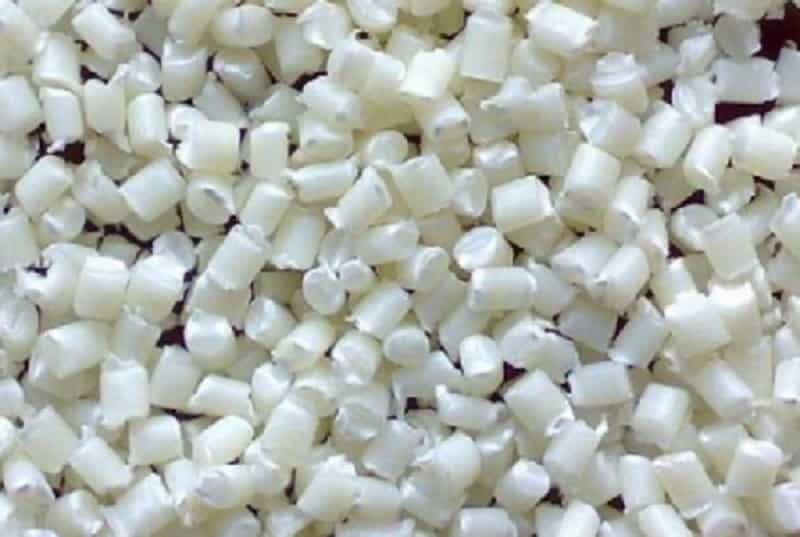Nylon textile demand 25-02-2023 - Arhive
Nylon textile demand
-Nylon: how is textile demand?
After the Spring Festival, nylon market has experienced a round of rapid growth and then a gradual decline. The early rapid rise has little to do with the textile sector, and the recent decline is still not dominated by it either. The demand for textile filament and fabric is neither good nor too bad, and the existence in this round is low and passive. The rhythm of upstream and downstream is inconsistent, which leads to the disruption of the normal procurement pace and the hindrance of price transmission.
NFY market has failed to catch up with CPL or HS chip increase before or after the Spring Festival. Due to the early stop of filament and fabric mills before the Spring Festival, their increase following uptrend was limited. Nylon textile demand
CPL and chip market rapidly rose in the first week after the holiday, while as the downstream has just started, nylon filament market could not digest the increase in time, although the offers had risen by 1000-1600yuan/mt or more, the effective transactions were thin. When downstream had concentrated resumption of production, CPL market had begun to fall, leading to the spread of panic. When nylon filament price was up to 13,000-13,300yuan/mt, CPL was in a stalemate. The decline in NFY was also narrower than upstream.
Demand is a deciding factor in whether or not CPL could step out of current weak consolidation. CPL spot price has tumbled more than 1,000yuan/mt, and there is not a solid bottom formed yet. For CPL market alone, there is no particular pressure from its own fundamentals, and upstream benzene has been firm recently. The key point at current status is demand side. Nylon textile demand
Modified plastics and textiles, two major applications of nylon industry, have certain common points. There are still raw material stocks in those plants, and insufficient demand could not support them or their corresponding polymer plants to ramp up operating rate so far. In textile market particularly, demand performance becomes a key factor for the trend of upstream in late market.
- NFY inventory is limited, gap between two kinds of inventory narrows down
From December 2022 to early January 2023, NFY factories took orders intensively, and their inventory after cutting out the volume for backorders dropped sharply. However, enterprises had different expectations and practiced differently, resulting in a great disparity in the pre-sale situation. Some NFY mills had oversold for more than a month, some less for 10-15 days, and still some others had no backorders, whose inventory was 20-30 days or above 40 days. Nylon textile demand
After the Spring Festival, most NFY mills focused on delivery of their backorders, and the daily delivery volume of some mills was up to 2 times the output, and the inventory in stock gradually decreased. But the price fluctuated greatly, which led to the caution of new purchasing orders from downstream and the continuous rise of the inventory considering backorders. For a small number of NFY mills that received fewer orders before the Spring Festival, new orders were mainly traded after the holiday, and their inventory considering the backorders gradually declined.
With the passage of time, the difference between the inventory in stock and inventory considering the backorders is gradually narrowing. By Feb 20, the average NFY inventory in stock is less than 24 days, and the inventory considering backorders is around 10 days, both which belong to the relatively low and medium level. Nylon textile demand
- NFY plant operation recovers to planned level, hard to elevated further
After the Spring Festival, although the slow return of workers has somewhat slowed down the pace of operating rate rise in NFY mills, they have now basically recovered it to the planned level, with the average load of the industry at 78%.
However, there are great differences among different manufacturers, among which: filament factories in Fujian and Guangdong with more pre-sales have recovered run rate to above 90%, some to 70-80%; mainstream plants in Zhejiang have recovered to 75-85%, with a small part above 90%, some below 70%; plants in Jiangsu are basically running at 50-60%, with very few ones at 70-100%. Nylon textile demand
Filament factories with good orders are close to their highest operating rate, and there is basically no room for improvement in the short term; for mills with general order taking and high inventory, there is no need to increase production in the short term, given that raw material market does not show clear direction. Therefore, the current industry operating rate of nylon textile filament plants has touched a periodical highest level and is difficult to improve significantly. Nylon textile demand

